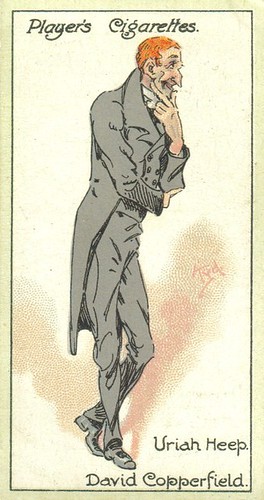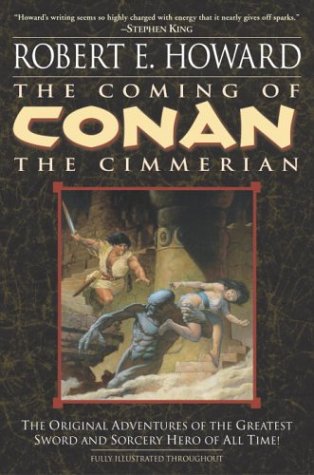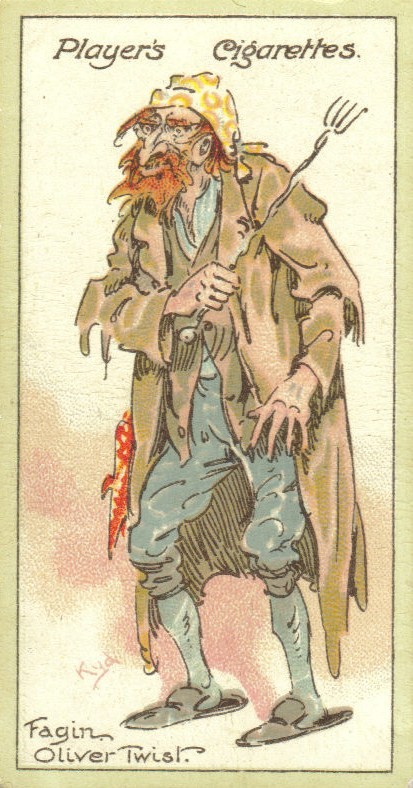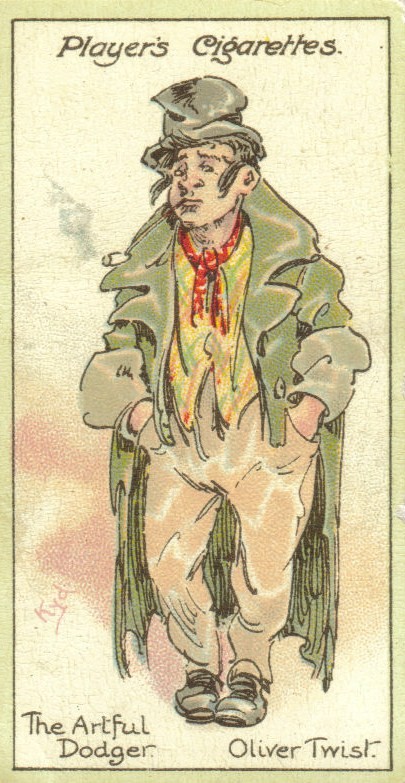Literary Criticism
Fantastically Bad Cinema
Essays
Under God's Right Arm
June 2006
July 2006
August 2006
September 2006
October 2006
November 2006
December 2006
January 2007
February 2007
March 2007
April 2007
May 2007
June 2007
July 2007
August 2007
September 2007
October 2007
November 2007
December 2007
January 2008
February 2008
March 2008
April 2008
May 2008
June 2008
July 2008
August 2008
September 2008
October 2008
November 2008
December 2008
January 2009
February 2009
March 2009
Alcoholic Poet
Baby Got Books
Beaman's World
BiblioAddict
Biblio Brat
Bill Crider's Pop Cultural Magazine
The Bleeding Tree
Blog Cabins: Movie Reviews
A Book Blogger's Diary
BookClover
Bookgasm
Bookgirl's Nightstand
Books I Done Read
Book Stack
The Book Trib
Cold Hard Football Facts
Creator of Circumstance
D-Movie Critic
The Dark Phantom Review
The Dark Sublime
Darque Reviews
Dave's Movie Reviews
Dane of War
David H. Schleicher
Devourer of Books
A Dribble of Ink
The Drunken Severed Head
Editorial Ass
Emerging Emma
Enter the Octopus
Fatally Yours
Flickhead
The Genre Files
The Gravel Pit
Gravetapping
Hello! Yoshi
HighTalk
Highway 62
The Horrors Of It All
In No Particular Order
It's A Blog Eat Blog World
Killer Kittens From Beyond the Grave
The Lair of the Evil DM
Loose Leafs From a Commonplace
Lost in the Frame
Little Black Duck
Madam Miaow Says
McSweeney's
Metaxucafe
Mike Snider on Poetry
The Millions
Moon in the Gutter
New Movie Cynics Reviews
Naked Without Books
A Newbie's Guide to Publishing
New & Improved Ed Gorman
9 to 5 Poet
No Smoking in the Skull Cave
Orpheus Sings the Guitar Electric
Polly Frost's Blog
Pop Sensation
Raincoaster
R.A. Salvatore
Reading is My Superpower
Richard Gibson
SciFi Chick
She Is Too Fond Of Books
The Short Review
Small Crimes
So Many Books
The Soulless Machine Review
Sunset Gun
That Shakesperherian Rag
Thorne's World
The Toasted Scrimitar
This Distracted Globe
Tomb It May Concern
2 Blowhards
Under God's Right Arm
A Variety of Words
The Vault of Horrr
Ward 6
When the Dead Walk the Earth
The World in the Satin Bag
Zoe's Fantasy
Zombo's Closet of Horror
Bookaholic Blogring
Power By Ringsurf
A List of 10 Great Minor Characters from the Dickens Canon
Novel: Oliver Twist
Year: 1838
Description: “As he glided stealthily along, creeping beneath the shelter of the walls and doorways, the hideous old man seemed like some loathsome reptile, engendered in the slime and darkness through which he moved: crawling forth, by night, in search of some rich offal for a meal."
Occupation: Criminal mastermind (and the Artful Dodger’s boss)
DP Nugget: Fagin is a monstrosity who runs a pack of orphans as a criminal enterprise. He’s also used an example of Dickens’ alleged anti-Semitism because he is often referred to as “The Jew.” Jewish characters are few and far between in Victorian literature, but Dickens also created a likable Jewish character in “Our Mutual Friend.”
Why We Love Him: Fagin is a loathsome toad, but unforgettable as a villain.
Jacob Marley
Novel: A Christmas Carol
Year: 1843
Description: “Marley's face. It was not in impenetrable shadow as the other objects in the yard were, but had a dismal light about it, like a bad lobster in a dark cellar. It was not angry or ferocious, but looked at Scrooge as Marley used to look: with ghostly spectacles turned up on its ghostly forehead. The hair was curiously stirred, as if by breath or hot air; and, though the eyes were wide open, they were perfectly motionless. That, and its livid colour, made it horrible; but its horror seemed to be in spite of the face and beyond its control, rather than a part of its own expression.
Occupation: Moneylender
DP Nugget: Amazingly, in the Walt Disney version “Mickey’s Christmas Carol, Marley is played by Goofy.
Why We Love Him: “Marley is imprisoned in death by his greed in life. It’s hard not to have this image seared into your mind: The chain he drew was clasped about his middle. It was long, and wound about him like a tail; and it was made (for Scrooge observed it closely) of cash-boxes, keys, padlocks, ledgers, deeds, and heavy purses wrought in steel.”
Estella Havisham
Novel: Great Expectations
Year: 1861
Description: “The lady whom I had never seen before, lifted up her eyes and looked archly at me, and then I saw that the eyes were Estella’s eyes. But she was so much changed, was so much more beautiful, so much more womanly, in all things winning admiration had made such wonderful advance, that I seemed to have made none. I fancied, as I looked at her, that I slipped hopelessly back into the coarse and common boy again.”
Occupation: Lady
DP Nugget: Estella is referenced in Alanis Morissette’s song “All I Really Want.”
Why We Love Her: Beautiful and with a heart of ice, Estella is the prototype of the femme fatale.
Tiny Tim
Novel: A Christmas Carol
Year: 1843
Description: “Alas for Tiny Tim, he bore a little crutch, and had his limbs supported by an iron frame.”
Occupation: None (an invalid little boy)
DP Nugget: What exactly was wrong with Tiny Tim? Dickens doesn’t tell readers, but there’s been speculation that Tiny Tim had renal tubular acidosis – a form of kidney disease.
Why We Love Him: Diseased and dying, yet beloved by his family and the always the eternal optimist. It’s almost impossible to read about Tiny Tim’s death (with his crutch leaning against the hearth) and not get misty eyed.

Uriah Heep
Novel: David Copperfield
Year: 1850
Description: “As I came back, I saw Uriah Heep shutting up the office; and feeling friendly towards everybody, went in and spoke to him, and at parting, gave him my hand. But oh, what a clammy hand his was! as ghostly to the touch as to the sight! I rubbed mine afterwards, to warm it, AND TO RUB HIS OFF. It was such an uncomfortable hand, that, when I went to my room, it was still cold and wet upon my memory. Leaning out of the window, and seeing one of the faces on the beam-ends looking at me sideways, I fancied it was Uriah Heep got up there somehow, and shut him out in a hurry.”
Occupation: Clerk
DP Nugget: Was Uriah Heep a metaphor for masturbation? The character’s hands are often described as wet, clammy, and sticky.
Why We Love Him: Is there a more obsequious character in English literature? No one uses the word “humble” to better effect.
Daniel Quilp
Novel: The Old Curiosity Shop
Year: 1841
Description: “The creature appeared quite horrible with his monstrous head and little body, as he rubbed his hands slowly round, and round, and round again – with something fantastic even in his manner of performing this slight action – and, dropping his shaggy brows and cocking his chin in air, glanced upwards with a stealthy look of exultation that an imp might have copied and appropriated to himself.”
Occupation: Moneylender
DP Nugget: Quilp a twisted, greedy hobgoblin – but he gets his just desserts when he becomes lost in the
Why We Love Him: One of the Seven Dwarfs he’s not. But he’s one of Dickens most dastardly characters.
Sam Weller
Novel: The Pickwick Papers
Year: 1837
Description: “’My man is in the right, although his mode of expressing his opinion is somewhat homely, and occasionally incomprehensible.’”
Occupation: Servant
DP Nugget: Sam Weller is the funniest character in a humorous novel – and comes up with nuggets of witty – and often
Why We Love Him: He’s simple, yet wise – filled with anecdotes and crazy opinions, but very big hearted and kind underneath it all.
Gaffer Hexam
Novel: Our Mutual Friend
Year: 1864-65
Description: “Half savage as the man showed, with no covering on his matted head, with his brown arms bare to between the elbow and the shoulder, with the loose knot of a looser kerchief lying low on his bare breast in a wilderness of beard and whisker, with such dress as he wore seeming to be made out of the mud that begrimed his boat, still there was business-like usage in his steady gaze.”
Occupation: Water man
DP Nugget: Gaffer is a minor character, but hard to forget. His occupation is trolling the waters of the
Why We Love Him: Despite his gruesome occupation, Gaffer is a hardworking honorable man – a difficult literary achievement and evidence of Dickens prowess as a novelist.
Novel: Oliver Twist
Year: 1838
Description: “He was a snub-nosed, flat-browed, common-faced boy enough; and as dirty a juvenile as one would wish to see; but he had about him all the airs and manners of a man. He was short of his age: with rather bow-legs, and little, sharp, ugly eyes. His hat was stuck on the top of his head so lightly, that it threatened to fall off every moment--and would have done so, very often, if the wearer had not had a knack of every now and then giving his head a sudden twitch, which brought it back to its old place again. He wore a man's coat, which reached nearly to his heels. He had turned the cuffs back, half-way up his arm, to get his hands out of the sleeves: apparently with the ultimated view of thrusting them into the pockets of his corduroy trousers; for there he kept them. He was, altogether, as roystering and swaggering a young gentleman as ever stood four feet six, or something less, in the bluchers.”
Occupation: Pickpocket
DP Nugget: The Artful Dodger was a minor character in the Dickens’ novel, but has become so beloved – probably because of his name – that his role in movie and television adaptations is always amplified.
Why We Love Him: He’s a devious, but lovable son of a bitch.
Madam Therese Defarge
Novel: A Tale of Two Cities
Year: 1859
Description: “Madame Defarge, his wife, sat in the shop behind the counter as he came in. Madame Defarge was a stout woman of about his own age, with a watchful eye that seldom seemed to look at anything, a large hand heavily ringed, a steady face, strong features and great composure of manner. There was a character about Madame Defarge, from which one might have predicated that she did not often make mistakes against herself in any of the reckonings over which she presided. Madame Defarge being sensitive to cold, was wrapped in fur, and had a quantity of bright shawl twine about her, though not to the concealment of her large ear-rings. Her knitting was before her, but she had laid it down to pick her teeth with a toothpick.”
Occupation: Knitter and wife of a wine-shop owner
DP Nugget: Madame Defarge knits the names of the dead into her quilt.
Why We Love Her: She is a quiet, but vengeful revolutionary who seeks justice for the death of her family.
5 Questions About: Charles Dickens
What's for Dinner? The Politics of Eating Your Meals
Labels: books, Dickens, literature
 StumbleUpon |
StumbleUpon |
 del.icio.us |
del.icio.us |
 Technorati |
Technorati |

This work is licensed under a Creative Commons Attribution-No Derivative Works 3.0 License.
The Template is generated via PsycHo and is Licensed.







I love those player's cards of the Dickens characters.